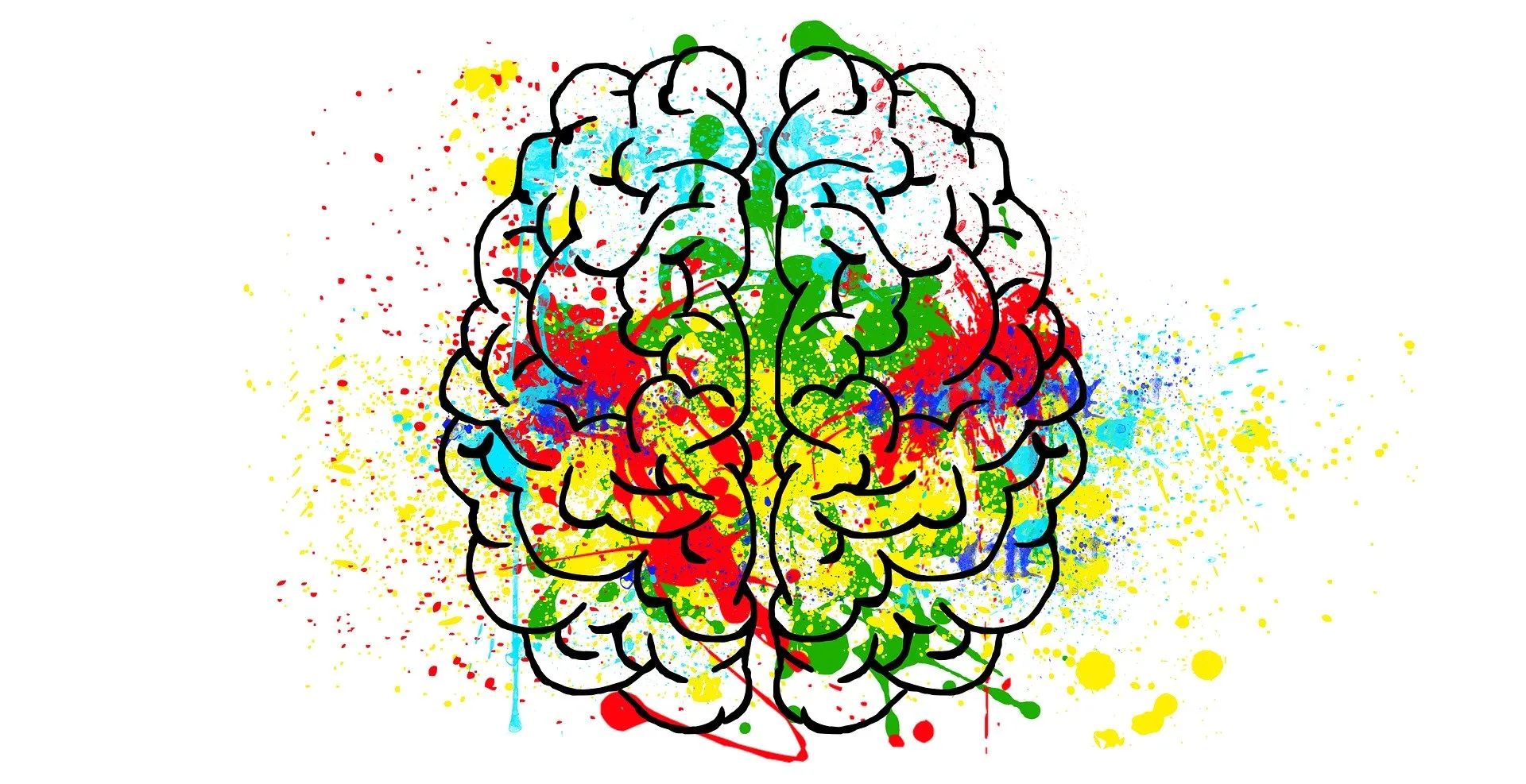Enhancing Security and Trust with Online Identity Verification and Facial Verification
Facial verification is a biometric method that uses facial recognition algorithms to confirm a person’s identity.

In today’s increasingly digital world, the need for secure and seamless identity verification has never been greater. As more people engage in online banking, remote work, e-commerce, and digital onboarding, businesses must ensure that users are who they claim to be. This is where online identity verification services and facial verification technology come into play, offering fast, reliable, and secure ways to authenticate identities remotely.
What is Online Identity Verification?
Online identity verification service is a digital process that validates an individual’s identity using various technologies. Instead of appearing in person with documents, users can now prove their identity remotely by uploading documents, performing biometric scans, or answering security questions.
This process is widely used in industries such as:
-
Banking and finance
-
Healthcare
-
E-commerce
-
Telecommunications
-
Online education
-
Cryptocurrency exchanges
The goal is to reduce identity fraud, ensure compliance with KYC (Know Your Customer) and AML (Anti-Money Laundering) regulations, and create a safer digital environment.
How Does Facial Verification Work?
Facial verification is a biometric method that uses facial recognition algorithms to confirm a person’s identity. It compares a person’s live image (captured via webcam or smartphone) with a photo on an official ID, such as a passport or driver’s license.
Here’s how it typically works:
-
Image Capture: The user takes a live selfie or records a short video.
-
Document Upload: The user submits an identity document for verification.
-
Face Matching: AI-powered software compares the facial features from the live image to the photo in the ID.
-
Liveness Detection: The system ensures the image is of a live person and not a photo or video replay.
-
Verification Result: Within seconds, the system confirms or denies the identity match.
Facial verification is fast, user-friendly, and highly accurate, making it ideal for onboarding, login authentication, and fraud prevention.
Why Online Identity and Facial Verification Matter
With cybercrime and identity theft on the rise, businesses and users alike demand secure digital solutions. Here’s why online identity and facial verification are so crucial today:
1. Prevents Fraud and Identity Theft
By verifying users in real-time, businesses can detect fake identities and prevent unauthorized access. Biometric checks add an extra layer of security that passwords and PINs can’t offer.
2. Improves Customer Experience
Users no longer need to visit physical offices or go through lengthy procedures. Identity verification can be completed within minutes from the comfort of home, boosting satisfaction and reducing drop-offs during onboarding.
3. Ensures Regulatory Compliance
Financial institutions and other regulated industries must follow KYC and AML laws. Facial verification helps organizations meet these requirements quickly and reliably while maintaining audit-ready documentation.
4. Reduces Operational Costs
Automating the verification process means fewer manual checks and faster onboarding. This reduces administrative overhead and speeds up customer acquisition.
5. Scalable and Global
Online identity verification works across borders and time zones, making it ideal for international businesses, digital platforms, and remote services.
Key Features to Look for in an Online Identity Verification Service
When choosing a solution for your business, consider the following features:
-
AI and Machine Learning Capabilities: Advanced algorithms ensure high accuracy and fast verification.
-
Liveness Detection: Protects against spoofing attacks using 3D depth analysis and motion detection.
-
Multi-Document Support: Can verify various identity documents from different countries.
-
Real-Time Processing: Provides instant feedback and verification results.
-
GDPR and Data Protection Compliance: Ensures that user data is secure and handled ethically.
Facial Verification Use Cases Across Industries
-
Banking & Fintech: Secure digital onboarding, account opening, and transaction verification.
-
Healthcare: Verifying patient identity for telemedicine services.
-
Travel & Hospitality: Contactless check-ins and boarding verification.
-
E-commerce & Marketplaces: Verifying sellers and buyers to build trust.
-
Education & Exams: Preventing impersonation in remote testing.
Future of Facial Verification Technology
As technology evolves, facial verification is becoming even more sophisticated. Innovations like 3D face mapping, emotion recognition, and real-time behavioral analysis are enhancing both security and user experience. Moreover, the integration of facial recognition with blockchain and decentralized identity systems is expected to shape the future of online verification.
AI-based systems are also being designed to reduce bias and work accurately across different ethnicities, lighting conditions, and devices—making them more inclusive and accessible.
Final Thoughts
Online identity verification and facial verification are transforming how we authenticate users in the digital age. They offer an ideal blend of security, convenience, and scalability, helping businesses prevent fraud while delivering a frictionless experience.
Whether you're a bank, healthcare provider, or online marketplace, investing in a reliable identity verification service is essential to stay ahead in a digital-first world. Embrace the future with AI-powered facial verification and ensure your business remains secure, compliant, and trusted by your users.
What's Your Reaction?


















.jpg)
